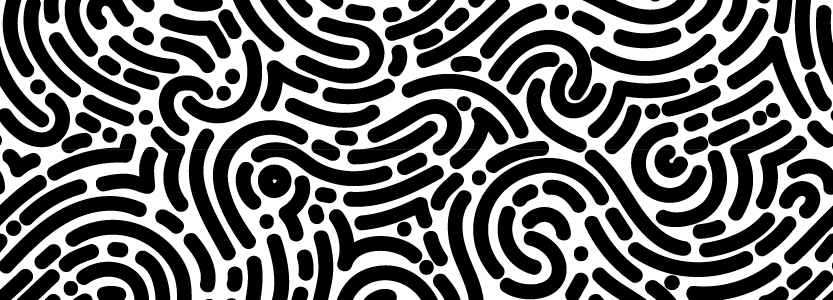III. Navigating the Ocean of Images
Béatrice Joyeux-Prunel & Nicola Carboni
We give our machines millions of printed illustrations to compare and group by similarities. What results do they spit out?
Spit is the right word: it's a mush that comes out, which we then have to sort out and understand. The groups of similar images, which we call clusters, are so numerous that the deluge effect is multiplied tenfold. Computer vision is nothing without well thought techniques to describe and order the data.
Our corpus of periodicals is already large enough for the machine to be able to isolate, among our 3 million images from the 1890s-1950s, batches of images that were more reproduced than others at that time.
But how do we then order this chaos?
Click "Enter" and browse through a sample of 10'000 images with PixPlot
How do you identify in more detail the groupings of images that would have circulated the most internationally? How can we highlight the images that would have made globalization possible, and the logics of their circulation?
Negotiating between the Cultural Analytics model (which visualizes large masses of data, but loses the visuality and context of the images) and the more flexible atlas model (which presents the images and allows them to be compared, but also somewhat lacks their context), we are supplementing these already very rich approaches with more detailed case studies.

